Research Staff
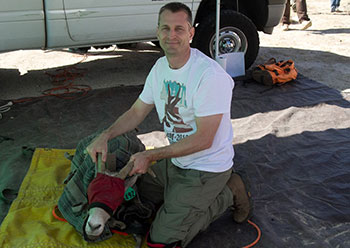
Michael Buchalski, Ph.D., Research Scientist III
Michael.Buchalski@wildlife.ca.gov
Since 2016, I have led a team of post-doctoral and graduate researchers within the CDFW Genetics Research Laboratory conducting statewide genetics research. I have a broad range of research interests which lie at the intersections of evolutionary biology, ecology, behavior, and biological conservation. My current research primarily focuses on characterizing both neutral and adaptive variation for several of California’s wide-ranging species to better delineate management units and conserve biodiversity. I am currently collaborating on several California Conservation Genomics Project funded studies.
I use a combination of genetic and genomic techniques to investigate numerous questions related to the conservation and management of wildlife species. I use traditional population genetic methodologies to investigate questions fundamental to the field of conservation genetics, including genetic variability, population connectivity and gene flow, as well as small population effects such as genetic drift and inbreeding. I use non-invasive genetic techniques to assist with applied management problems such as species identification and individual genotyping for abundance estimation.

Kristen Ahrens, M.S., Research Scientist II
Kristen.Ahrens@wildlife.ca.gov
Kristen is a Research Scientist II and has worked at the CDFW Genetics Research Laboratory since 2019.Prior to joining the Wildlife Genetics Program, her previous research experience included use of environmental DNA and population genetic approaches for species monitoring and management. Her current work is focused on use of RAD-seq methods to conduct a landscape-level study on invasive nutria to aid eradication efforts through better understanding of the invasion dynamics. She is also responsible for the optimization and implementation of multiple genetic assays that support ongoing monitoring projects. Her work includes mountain lion fecal genotyping for population density estimates and Greater White-fronted Goose subspecies typing to refine harvest limits.
Kristen is a part-time lecturer at Sacramento State University in the Department of Biological Sciences where she teaches an undergraduate mammalogy lecture and lab course.
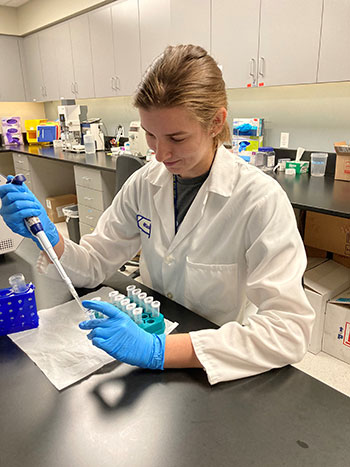
Alicia Kubicki, B.S., Senior Laboratory Assistant
Alicia.Kubicki@wildlife.ca.gov
Alicia joined the CDFW Genetics Research Lab in 2019. She holds a Bachelor of Science degree in Animal Biology from the University of California, Davis. She has a background in disease ecology and researched infectious diseases in rodents for her undergraduate thesis. Alicia currently assists with various management and monitoring projects for numerous California species. She maintains the tissue and DNA archive and helps train scientific aids and volunteers in laboratory techniques.
Alicia has experience in Sanger sequencing, use of automated DNA extraction robotics, as well as genotyping and species-typing using Fluidigm chemistry.
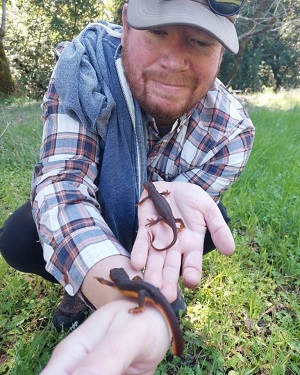
Joshua Hallas, Ph.D., Research Scientist I
Joshua.Hallas@wildlife.ca.gov
Josh joined the CDFW Genetics Research Laboratory as a postdoctoral researcher in 2022 after the completion of the Ecology, Evolution, and Conservation Biology doctoral program at the University of Nevada, Reno. In general, his research interests focus on evolutionary biology and genetics to understand how environmental variation and natural histories mediate population structure, local adaptation, and genetic differentiation across space and time. He has worked on a variety of study systems ranging from sea slugs, frogs, garter snakes, newts, and trematodes to answer questions regarding biogeographic patterns, coevolutionary dynamics, and evolutionary history. Currently, Josh is working with Dr. Michael Buchalski at CDFW and Dr. Benjamin Sacks at UC Davis on a California Conservation Genomics Project (opens in new tab) to characterize population genetic structure and chronic wasting disease-relevant loci in Mule Deer across California.
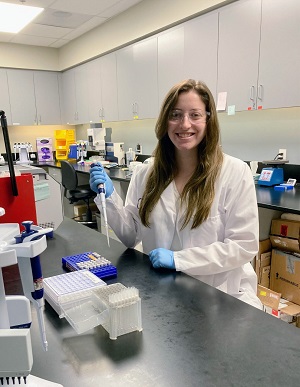
Samantha Capel, Ph.D., Research Scientist I
Samantha.Capel@wildlife.ca.gov
Samantha joined the CDFW Genetics Research laboratory as a postdoctoral researcher in September of 2022. Her research interests focus on utilizing genomic data to assess the effects of management and recovery actions on species conservation concern. She received her PhD at the University of Illinois Urbana-Champaign studying the broad- and fine-scale genomic impacts of translocation management on endangered populations of greater prairie chicken in Illinois. Her current research focuses on using whole-genome resequencing to detect signatures of selection among populations of little brown bats (Myotis lucifugus) in response to white-nose syndrome, a disease caused by a non-native fungal pathogen. In addition, her work aims to characterize genomic regions associated with white-nose syndrome resistance in western bat species to help predict those populations most susceptible to pathogen exposure.
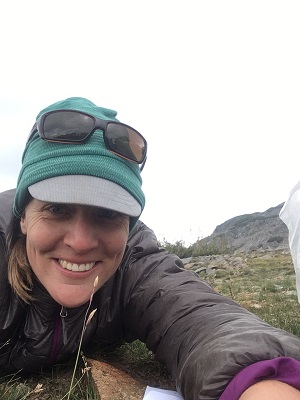
Cate Quinn, Ph.D., Research Scientist I
Catherine.Quinn@wildlife.ca.gov
Cate joined the CDFW Genetics Research laboratory as a postdoctoral researcher in February of 2023. Cate uses genetic and genomic data to study endangered and vulnerable populations, with an emphasis on linking changes in population size over different time scales to their current functional impacts. She did her PhD research using noninvasive DNA to characterize the conservation status of the Sierra Nevada red fox subspecies and her postdoctoral research using museum genomes to elucidate the evolutionary history of red wolves, both with the Mammalian Ecology and Conservation Unit at University of California, Davis. Her current project uses whole-genome resequencing to estimate inbreeding and mutational load in the Sierra Nevada red fox to better predict its risk of inbreeding depression.